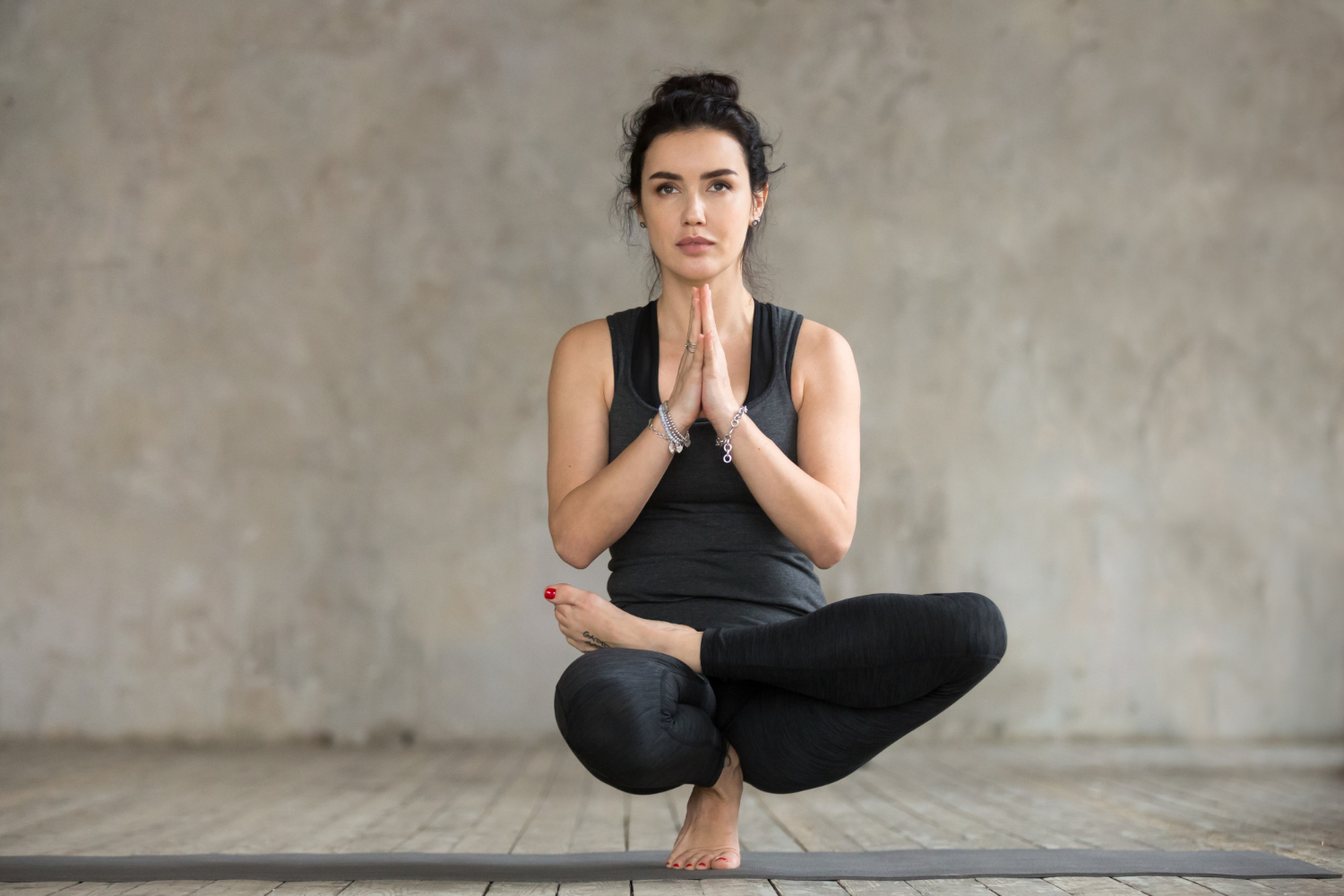Yoga, an ancient practice with roots extending over 5,000 years into the cultural fabric of India, has evolved into a global phenomenon. From physical postures to meditation, the multifaceted nature of yoga often leads to diverse interpretations of its ultimate goal. While the immediate benefits of yoga include physical health and mental clarity, its deeper aim transcends these tangible outcomes, striving for a profound union of the self with the universal consciousness. This article explores the true aim of yoga, delving into its spiritual, mental, and physical dimensions.
The Etymology and Essence of Yoga
The term “yoga” is derived from the Sanskrit root “yuj,” which means “to yoke” or “to unite.” This union is not merely about the physical alignment of body parts in asanas (postures), but a deeper integration of body, mind, and spirit. The essence of yoga is to transcend the illusion of separation and realize the interconnectedness of all existence.
The Spiritual Aim: Union with the Divine
At its core, yoga is a spiritual discipline aimed at achieving self-realization and union with the divine. This aspect is vividly articulated in the ancient texts of yoga, such as the Bhagavad Gita and the Yoga Sutras of Patanjali.
Self-Realization: The primary spiritual goal of yoga is self-realization, which involves understanding one’s true nature beyond the ego and physical identity. According to yogic philosophy, the true self, or Atman, is eternal and boundless, distinct from the transient body and mind. Practices such as meditation, pranayama (breath control), and ethical disciplines (Yamas and Niyamas) help in peeling away the layers of ignorance and illusion, leading to the realization of this inner divinity.
Union with the Universal Consciousness: Yoga aims to bridge the perceived gap between the individual self and the universal consciousness, often referred to as Brahman. This union is a state of enlightenment where one experiences oneness with all creation. In this state, the yogi transcends dualities and experiences profound inner peace and bliss.
The Mental Aim: Cultivating Inner Peace and Clarity
Yoga also addresses the mind, aiming to cultivate a state of inner peace, mental clarity, and emotional stability. Patanjali’s Yoga Sutras, one of the foundational texts of classical yoga, outlines an eight-limbed path (Ashtanga Yoga) that guides practitioners towards mental tranquility and wisdom.
Mental Discipline and Control: The practice of yoga involves techniques to control and discipline the mind. Through Dharana (concentration) and Dhyana (meditation), practitioners learn to focus their thoughts and attain a state of mental stillness. This disciplined state of mind reduces stress, anxiety, and negative thinking patterns, fostering a more positive and balanced mental outlook.
Emotional Balance: Yoga promotes emotional health by encouraging mindfulness and self-awareness. By becoming more aware of their thoughts and emotions, practitioners can manage their responses to life’s challenges more effectively. This emotional resilience is a key aspect of the mental aim of yoga, contributing to overall well-being.
The Physical Aim: Enhancing Health and Vitality
While the ultimate aims of yoga are spiritual and mental, its physical aspects cannot be overlooked. The physical practice of yoga, encompassing asanas and pranayama, aims to maintain and enhance physical health and vitality.
Physical Health: Regular practice of yoga postures improves flexibility, strength, and balance. It also supports the functioning of various bodily systems, including the cardiovascular, respiratory, and digestive systems. Yoga is known to alleviate chronic pain, improve posture, and boost the immune system.
Vital Energy (Prana): Pranayama, or breath control, is a vital aspect of yoga that works with prana, the vital life force. Through various breathing techniques, practitioners can regulate and enhance the flow of prana within the body. This not only supports physical health but also prepares the mind for deeper meditative practices.
Integrating the Aims of Yoga
The physical, mental, and spiritual aims of yoga are interrelated and mutually reinforcing. Physical health provides a stable foundation for mental clarity, which in turn supports spiritual growth. The holistic nature of yoga ensures that progress in one area benefits the others, leading to a harmonious and balanced life.
Holistic Well-Being: By integrating the physical, mental, and spiritual practices, yoga promotes holistic well-being. This comprehensive approach helps individuals lead healthier, more fulfilling lives, grounded in self-awareness and inner peace.
Path to Liberation (Moksha): Ultimately, the aim of yoga is liberation or Moksha, which is the release from the cycle of birth and death (samsara). Achieving Moksha is considered the highest goal in yoga, where the soul realizes its true nature and attains eternal bliss.
Conclusion
The aim of yoga is a multifaceted journey towards union and harmony, encompassing spiritual enlightenment, mental clarity, and physical health. While the immediate benefits of yoga are often experienced on a physical and mental level, its ultimate goal is the profound realization of oneness with the divine. By integrating its practices into daily life, individuals can achieve a balanced, peaceful, and fulfilling existence, aligned with their true nature. Yoga, therefore, is not just a practice but a way of life that guides individuals towards the highest state of being.
Frequently asked questions
can i do yoga and gym together
Yes, you can do yoga and gym workouts on the same day. However, it’s advisable to do yoga after your gym session, not before. If you must do yoga before your workout, ensure there’s a gap of a few hours between the two, such as doing yoga in the morning and hitting the gym in the afternoon.
Is yoga and gym a good combination?
Combining yoga with strength training not only enhances your physique but also improves mobility, aiding in better performance during lifting exercises and resistance training. Additionally, this combination can help slow bone loss as you age, thereby reducing the risk of fractures
Thus, the aim of yoga is self-realization, which involves overcoming all forms of suffering and ultimately achieving a state of liberation (Moksha) or freedom (Kaivalya).
What are the 6 aims of yoga Wikipedia?
The Maitrayaniya Upanishad, likely composed after the Katha and Shvetashvatara Upanishads but before Patanjali’s Yoga Sutras, outlines a sixfold yoga method: breath control, introspective withdrawal of the senses, meditation (dhyana), mental concentration, logic and reasoning, and spiritual union.









